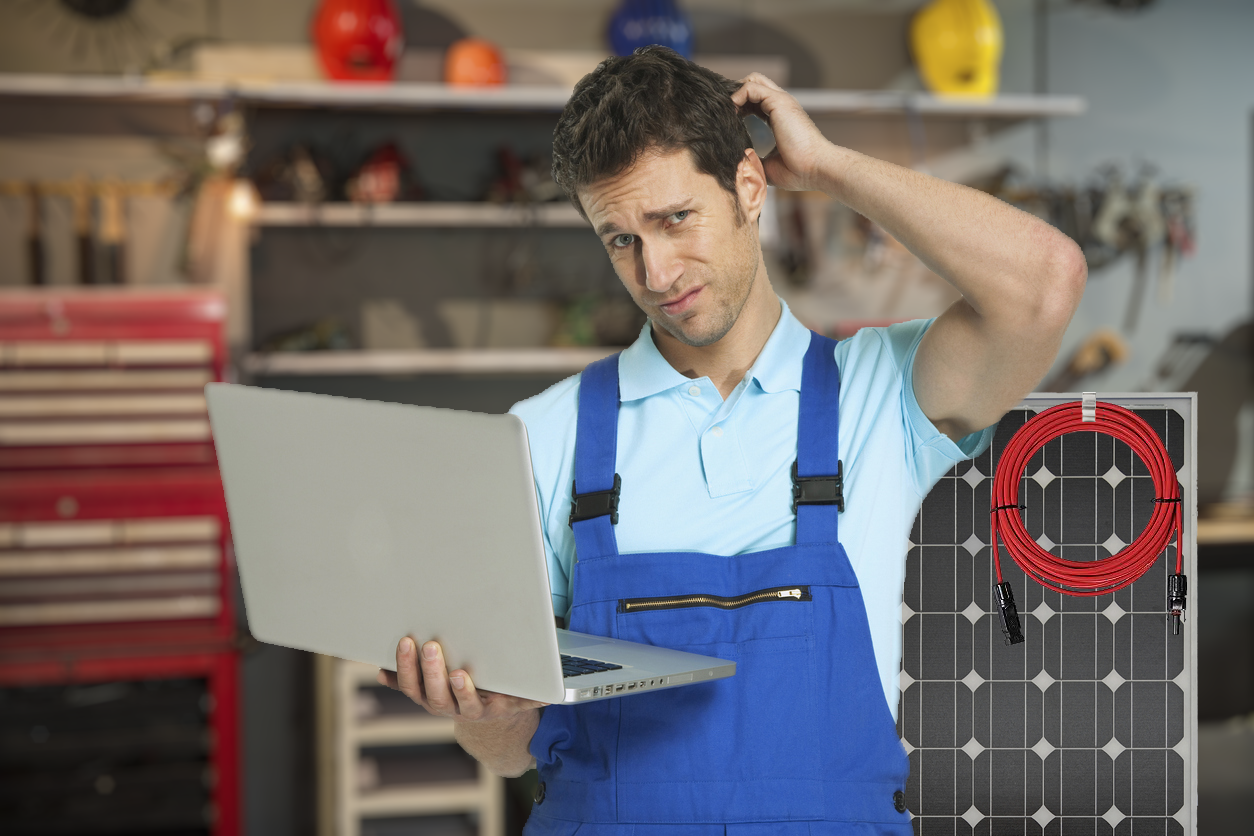Disclosure: Some of the links on this page are affiliate links. This means that, at zero cost to you, this website will earn an affiliate commission if you click through the link and finalize a purchase. This website, diysolarenergy.com, is a participant in the Amazon.com Services LLC Associates Program, an affiliate advertising program designed to provide a way for websites to earn advertising revenues by advertising and linking to Amazon.com.
Going Off-Grid with DIY Solar Power
Interest in solar power continues to grow as more people look for ways to become energy independent and reduce their carbon footprint. For the avid DIYer, building your own off-grid solar power system can be an incredibly rewarding project. But where do you start? Should you buy a complete solar panel kit or purchase components separately? In this article, we’ll go over the pros and cons of each approach to help you decide what makes the most sense for your needs and skill level.
The Benefits of Complete Solar Kits
For first-time solar installers, a plug-and-play solar kit offers some nice advantages. Kits come with all the major components you need, including solar panels, charge controllers, inverters, batteries, and wiring. Many also include mounting hardware, solar panel brackets, and installation manuals. Everything is designed to work together seamlessly, so you don’t have to worry about compatibility issues. Most kits are sized to meet specific energy needs, such as powering a cabin or RV. This takes the guesswork out of figuring out how many panels and batteries to buy. With a kit, technical support is often just a phone call away if you get stuck during the installation process.
On the downside, you often have less flexibility and customization options with a packaged system. You may not be able to select the exact brands or wattages you want. And if your energy needs change down the road, expanding the system capabilities can be trickier.
Buying Solar Components Separately
Purchasing solar panels, controllers, batteries, and accessories individually allows you to hand-pick components that meet your specific needs. You can size the system exactly to your electrical requirements and appliance usage. Mixing and matching products from different manufacturers gives you more options to find the right balance of performance, features, and price. Choosing top-tier equipment from solar leaders like Renogy, WindyNation, and Battle Born Batteries can optimize efficiency and reliability.
Piecing together a custom solar power system also provides opportunities to upgrade incrementally. You can start small with just a few basic parts, then add more panels and batteries later as your budget and experience allow. Building in stages helps manage costs. However, without professional guidance, beginners can make some expensive mistakes when selecting incompatible components. Do your homework so you fully understand how to choose the right charge controllers, inverters, solar panel wattages, wire gauges, and battery bank capacity.
Another benefit of the DIY approach is learning through experience. You gain hands-on knowledge about how each component works and how to install solar equipment safely and efficiently. This know-how pays dividends for maintaining and expanding your system down the road. Be prepared to invest a lot of time into planning your system design and educating yourself before purchasing anything.
Recommendations for New DIY Solar Installers
So which route should new solar converts take – buying a complete kit or building a custom system from individual pieces? Here are a few guidelines:
- If you’re totally new to solar and want minimal hassle, start with an all-in-one plug-and-play solar generator kit or a cabin kit up to about 500 watts. Look for kits that offer at least some flexibility to add panels later.
- For your primary home system, consider having a solar contractor design and install it unless you have electrical experience. Get quotes on both partial DIY installs (you mount and wire panels while they handle the technical work) and full installs.
- If you’re technically inclined and eager to learn, start small with a micro DIY system just big enough to charge a battery and run a few lights or electronics. Success with a small custom system will boost your knowledge and confidence for tackling a larger home setup down the road.
- Take advantage of online tutorials, solar community forums, and product videos when designing your own system. Consult with experts when choosing major components like charge controllers and inverters.
- Invest in a high-quality lithium iron phosphate battery bank, like Battle Born Batteries. Unlike cheaper lead-acid batteries, lithium batteries can provide thousands of cycles and last for decades.
The Takeaway
While convenient, complete solar kits limit customization and flexibility. Assembling your own custom system takes more effort but allows room to grow and the satisfaction of learning by doing. For new installers seeking energy independence, start small with a DIY micro-system, then apply your knowledge toward a larger home setup. With the right education and patience, you can design an efficient off-grid solar power system tailored exactly to your needs and budget.
Amazon and the Amazon logo are trademarks of Amazon.com, Inc, or its affiliates. CERTAIN CONTENT THAT APPEARS ON THIS SITE COMES FROM AMAZON. THIS CONTENT IS PROVIDED ‘AS IS’ AND IS SUBJECT TO CHANGE OR REMOVAL AT ANY TIME.
Related Posts
- Beginner's Guide to DIY Solar Energy
Going Solar: A Beginner's Guide to DIY Solar Energy With climate change and rising energy…
- Solar Power Batteries Guide
For environmentally conscious homeowners looking to reduce their carbon footprint or those planning to live…
- Finding the Best Solar Panels for Your Home
Installing solar panels on your home can be a great way to save money on…

